Cave bears are an extinct species of bear that lived about 24,000 years ago. Scientists called them cave bears because they found the vast majority of fossils of this species in caves. Hence the scientific name, spelaeus, which is the Roman word for cave.
Unlike modern bear species, it is likely that cave bears spent much of their time in caves, rather than just during hibernation. Read on to learn about the cave bear.
Description of the Cave Bear
This species of bear likely looked quite similar to modern brown bears. They had broad skulls with steeply domed foreheads, just like brown bears do today. Also like brown bears, males weighed around 770 – 1,320 lbs. on average, and females around 495 – 550 lbs. on average. However, some individuals grew as large as 2,200 lbs. or more! Over different time periods, their average size increased and decreased based upon colder and warmer conditions.
Interesting Facts About the Cave Bear
These extinct bears, like many extinct creatures, draw human attention. We love a good mystery, and the storied past of cave bears roaming the earth intrigues many.
- Dragon Bones – The large skulls and teeth of cave bear fossils initially led discoverers to the conclusion that the bones were those of dragons. Finding large skulls hidden deep within caves is always likely to spark imaginations. In some regions, people named caves with prolific cave bear fossils “dragon caves.”
- Perilous Plant-Eater – Despite its large size and massive teeth, scientists believe this bear was mostly herbivorous. While it was likely omnivorous when given the opportunity, like many current bear species, their primary diet was plant matter. Researchers studying the teeth of these fossils concluded that they likely fed on mostly tough vegetation.
- Male vs. Female – Like many animal species, cave bears exhibited sexual dimorphism. This means you could tell the difference between male and female easily by looking at them. Male cave bears were much larger than females. In fact, they were so much larger that scientists believed females were simply “dwarf” versions of males!
- Prolific Fossil Remains – Even though you may picture fossils as rare remains found once-in-a-lifetime, cave bear fossils are far from unusual finds. In fact, researchers have found hundreds of thousands of cave bear fossils in Europe alone! There are so many of these fossils that, during World War I, scientists boiled hundreds to extract phosphates.
Habitat of the Cave Bear
This extinct species lived in habitats that were not overly icy, so mostly in the low ranges of mountains. Fossils are found much more frequently in areas with limestone cave systems. Scientists have found that they avoided open areas, preferring to live near forests or forest edges. They concluded this based on the high volumes of fossils in close proximity to these areas.
Distribution of the Cave Bear
Because cave bear fossils are so plentiful, we can assume that areas lacking fossils did not have many cave bears. They were prolific throughout southern, eastern, and central Europe.
People have found fossils in Spain, Great Britain, Italy, Germany, Poland, Romania, Russia, the Balkans, Iran, Austria, Switzerland, and more. Generally speaking, they inhabited mostly the Alps, Carpathian Mountains, and Pyrenees Mountains.
Diet of the Cave Bear
Researchers believe that cave bears were either mostly herbivorous, or omnivorous. Tooth wear strongly suggests that these bears fed on tough vegetation, but also likely ate meat occasionally.
It is possible that diets varied based on region or food availability. Regardless, they fed on a large portion of vegetation, and if they were omnivorous it is likely most of their diet came from plants.
Cave Bear and Human Interaction
Some evidence suggests that very early humans idolized or worshiped cave bears. A number of different archaeological finds contained bear bones that appeared to have been used in some type of ritual or worship.
Humans likely hunted these animals, or used bones that they found from cave bears that had already perished. Scientists estimate that growing human populations utilized available caves, which were necessary for hibernation, and slowly pushed the cave bears to extinction.
Domestication
Humans never domesticated cave bears in any way.
Does the Cave Bear Make a Good Pet
No, cave bears would not make good pets. Even if they were alive, they would be large and dangerous animals.
Cave Bear Care
Cave bears are extinct, and thus zoos cannot keep them. However, if they were still alive, their care would likely be similar to many other bear species. They would require a varied, mostly vegetarian, diet with additional protein sources occasionally provided. As one might believe, they would also probably prefer habitats with plenty of hiding places, such as caves.
Behavior of the Cave Bear
We can infer very little about the behavior of animals based on fossilized remains. There are few cave paintings of cave bears, so those will not provide much information either. However, we can assume that these bears might have been social, because there are often multiple fossils in the same cave. Granted those fossils also could have accumulated over a long period, so this is simply speculation.
Reproduction of the Cave Bear
No one knows how cave bears chose mates, and what their breeding habits were. Their gestation period is unknown, as is the number of cubs that they bore per litter. Some fossil evidence suggests that they fought one another during the breeding season, which likely allowed the most dominant animals to reproduce. Besides this, the reproductive methods and specifics of cave bears remains a mystery.


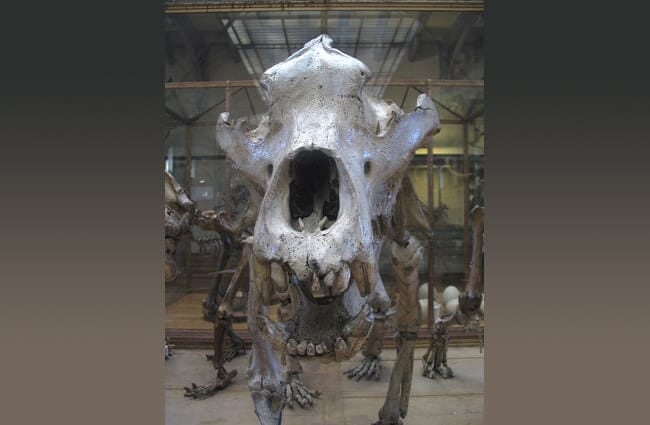
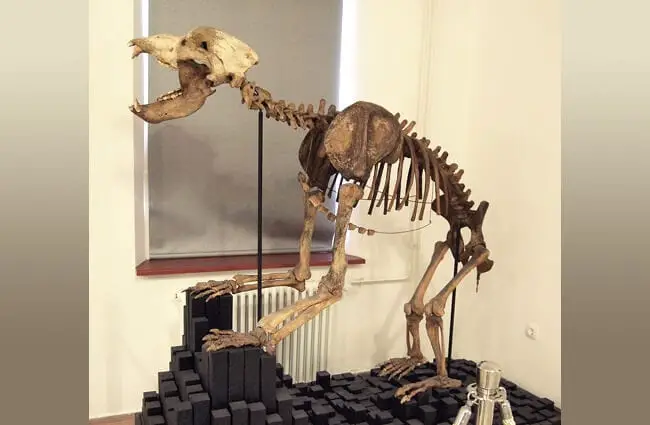


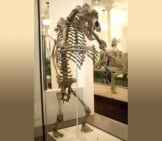
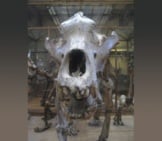
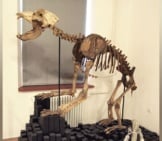
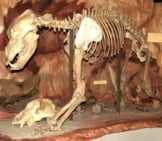
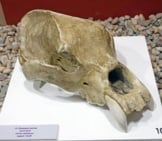
![Red Angus Closeup of a beautiful Red Angus cowPhoto by: U.S. Department of Agriculture [pubic domain]https://creativecommons.org/licenses/by/2.0/](https://animals.net/wp-content/uploads/2020/03/Red-Angus-4-238x178.jpg)


![Red Angus Closeup of a beautiful Red Angus cowPhoto by: U.S. Department of Agriculture [pubic domain]https://creativecommons.org/licenses/by/2.0/](https://animals.net/wp-content/uploads/2020/03/Red-Angus-4-100x75.jpg)

